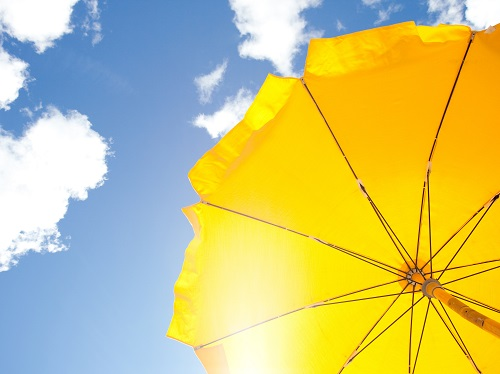Mu Controlled Sandpile Model
import numpy as np
import matplotlib.pyplot as plt
import random
def make_area(x, y):
return [[0]*x for _ in range(y)]
def find_at_capacity_sites(height, XMAX, YMAX):
return [(x,y) for x in range(XMAX) for y in range(YMAX) if height[y][x] >= 3]
def find_not_at_capacity_sites(height, XMAX, YMAX):
return [(x,y) for x in range(XMAX) for y in range(YMAX) if height[y][x] < 3]
def flip(mu):
return random.random() < mu
def add_grain(area, mu, XMAX, YMAX):
at_capacity = find_at_capacity_sites(area, XMAX, YMAX)
not_at_capacity = find_not_at_capacity_sites(area, XMAX, YMAX)
if not at_capacity:
rx, ry = random.choice(not_at_capacity)
else:
if flip(mu):
rx, ry = random.choice(at_capacity)
else:
rx, ry = random.choice(not_at_capacity)
area[ry][rx] += 1
return (rx, ry)
def topple(area, XMAX, YMAX):
avalanche_size = 0
unstable_sites = []
# Find initial unstable sites
for y in range(YMAX):
for x in range(XMAX):
if area[y][x] >= 4:
unstable_sites.append((x, y))
while unstable_sites:
x, y = unstable_sites.pop()
if area[y][x] < 4:
continue
avalanche_size += 1
area[y][x] -= 4
# Update neighbors
for dx, dy in [(1,0), (-1,0), (0,1), (0,-1)]:
nx, ny = x + dx, y + dy
if 0 <= nx < XMAX and 0 <= ny < YMAX:
area[ny][nx] += 1
if area[ny][nx] >= 4: # Check if neighbor becomes unstable
unstable_sites.append((nx, ny))
return avalanche_size
def run_sandpile(mu, grains_to_add, XMAX, YMAX):
area = make_area(XMAX, YMAX)
avalanche_sizes = []
for _ in range(grains_to_add):
add_grain(area, mu, XMAX, YMAX)
aval_size = topple(area, XMAX, YMAX)
if aval_size > 0:
avalanche_sizes.append(aval_size)
return avalanche_sizes
def plot_loglog_cascade_size(avalanche_data, mu_values):
plt.figure(figsize=(8,6))
# Use markers/colors from paper
markers = {0.20: 'o', 0.37: 's', 0.90: '^'} # circle, square, triangle
colors = {0.20: 'blue', 0.37: 'green', 0.90: 'red'}
for mu, avalanches in zip(mu_values, avalanche_data):
if len(avalanches) == 0:
continue
max_s = max(avalanches)
bins = np.logspace(0, np.log10(max_s), 30)
hist, bin_edges = np.histogram(avalanches, bins=bins, density=True)
bin_centers = (bin_edges[:-1] + bin_edges[1:]) / 2
# Plot only non-zero points
non_zero = hist > 0
plt.loglog(bin_centers[non_zero], hist[non_zero],
marker=markers[mu], linestyle='-', lw=1.5, ms=6,
color=colors[mu], label=f'μ = {mu}')
plt.xlabel("Cascade size, s", fontsize=14)
plt.ylabel("Probability, P(s)", fontsize=14)
plt.title("Avalanche Size Distribution", fontsize=16)
plt.legend(fontsize=12)
plt.grid(True, which="both", ls="--", alpha=0.7)
plt.xlim(1, 1e5) # Match paper's axis limits
plt.ylim(1e-6, 1)
plt.tight_layout()
plt.show()
if __name__ == '__main__':
XMAX, YMAX = 100, 100
grains_to_add = 50000
mu_values = [0.20, 0.37, 0.90]
avalanche_data = []
for mu in mu_values:
print(f"Running sandpile for μ = {mu}...")
avalanches = run_sandpile(mu, grains_to_add, XMAX, YMAX)
avalanche_data.append(avalanches)
plot_loglog_cascade_size(avalanche_data, mu_values)





No comments:
Post a Comment